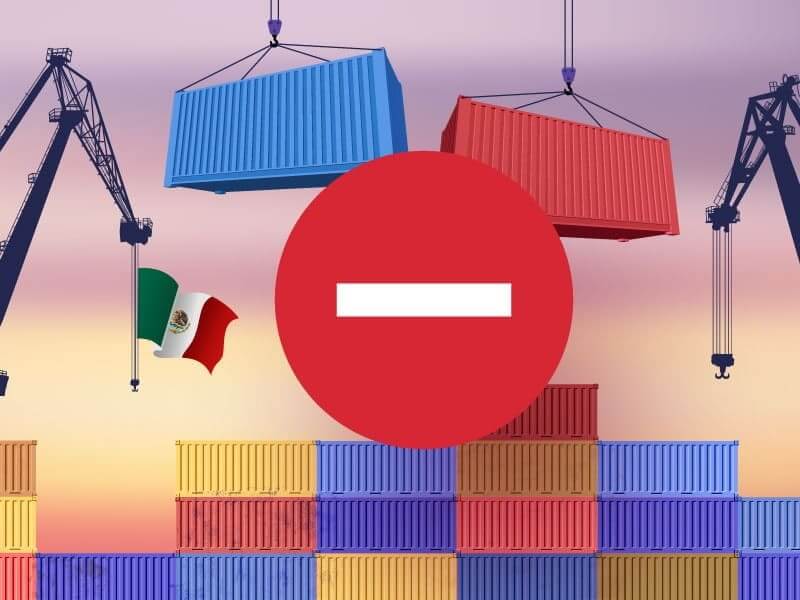
For years, many importers in the U.S. have used Mexico as a sort of stepping stone to bring Chinese goods into the United States while avoiding or reducing Section 301 tariffs. To combat this and other issues, the Mexican government enacted more strict requirements for documenting and paying duties on imported shipments in October 2024. Enforcement of these requirements has been lax, but that’s set to change in 2025.
Key Takeaways
Find out how these new measures can impact your import business in the United States.
An agreement between President Trump and Mexican President Sheinbaum has resulted in another month-long tariff break, for a limited number of products. Imports from Mexico that are specifically granted duty-free entry under the USMCA treaty will not be subjected to the higher tariff rate.
As of now, this deal is limited to trade between the U.S. and Mexico.
Additionally, President Trump has agreed to exclude automobiles specifically from the tariff for one month. This tax break has been granted "so they[automakers] are not at an economic disadvantage," according to White House press secretary, Karoline Leavitt.
As Mexico tightens its grip on illicit shipments from Asia, new import regulations are set to reshape the landscape for U.S.-based importers leveraging Mexico as part of their supply chain. The changes, aimed primarily at curbing the influx of low-cost Asian goods that bypass duties and tariffs, can pose challenges for some American businesses.
Here's what importers need to know to stay compliant and competitive.
While the new import requirements will apply broadly, their primary focus is to disrupt the stream of small, low-value shipments from Asian countries (mostly China) that have been exploiting duty loopholes. Asian suppliers have long shipped products in packages valued under $50 to avoid tariffs, but starting January 1, 2025, the following measures will be in full force:
These requirements were initially enacted in October, but faced enforcement delays due to significant backlogs at Mexican customs.
Importers in the United States who bring goods, components, or raw materials from China and other countries in Asia into Mexico are likely to find their shipments delayed for inspection if they do not meet the criteria mentioned above.
Those found to be deliberately or unintentionally attempting to circumvent applicable duties and tariffs will be subject to a myriad of penalties including fines, seizures of shipments, and even the destruction of the offending materials.
Notably, these regulations differ from the more targeted measures imposed on December 19, which specifically addressed textile imports.
Related: How Trump's Tariff Policies May Impact International Trade
The Mexican government is also considering broader tariff increases on imports from Europe, South America, and Asia, potentially reaching rates as high as 19%. This tariff hike could coincide with the elimination of de minimis thresholds for all imports from countries outside the USMCA (United States-Mexico-Canada Agreement). If implemented, this would significantly affect U.S. importers relying on third-party countries for goods.
Navigating these evolving regulations can be complex, but importers don't have to do it alone.
USA Customs Clearance provides expert consulting and advisory services to help businesses adapt to Mexico’s shifting import landscape. Whether you're dealing with new duty requirements, customs documentation, or exploring alternative import strategies, our team is equipped to guide you through each step.
Give us a call at (855) 912-0406 or fill out a contact form today to get expert assistance navigating the customs requirements for goods imported to the U.S. from China via Mexico.
 Copy URL to Clipboard
Copy URL to Clipboard
Add your first comment to this post